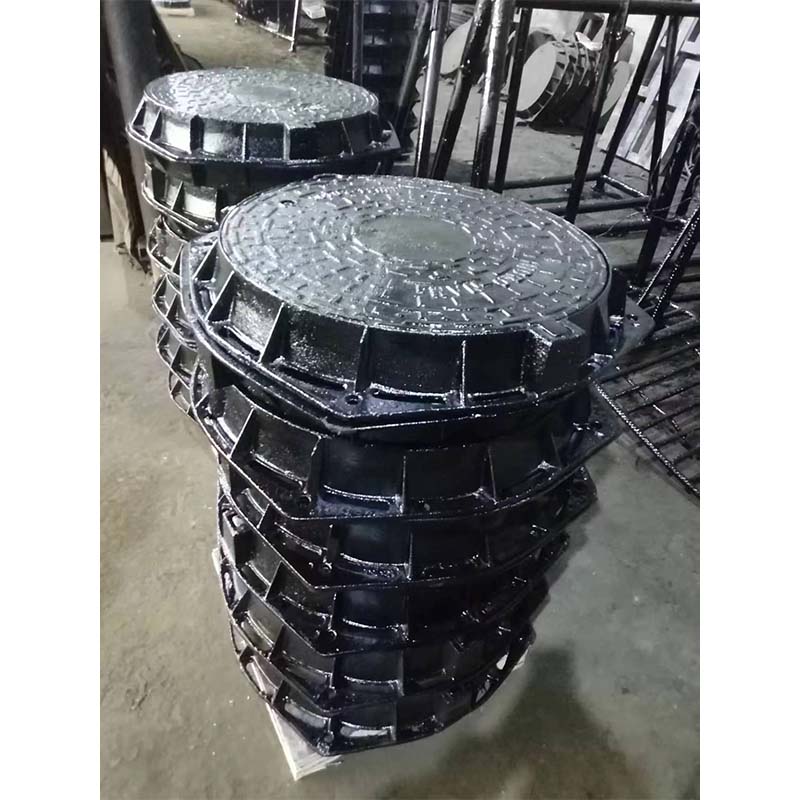High-Performance Bollards for Enhanced Safety and Impact Resistance in Urban Areas
Understanding Crash-Rated Bollards Ensuring Safety in Public Spaces
In an era where urban security and public safety are top priorities, crash-rated bollards have emerged as an essential component in protecting high-traffic areas. These robust, often unassuming structures play a critical role in ensuring the safety of pedestrians and preventing unauthorized vehicle access in sensitive locations. In this article, we will delve into the concept of crash-rated bollards, their types, applications, and significance in enhancing public safety.
What Are Crash-Rated Bollards?
Crash-rated bollards are specially designed barriers that are engineered to withstand impacts from vehicles at certain speeds. Unlike regular bollards, which may serve merely as a deterrent or a guide for pedestrian traffic, crash-rated bollards undergo rigorous testing to meet specific safety standards. The testing involves simulations of crash scenarios where these bollards are assessed based on their ability to resist the force of a vehicle collision without failing. The results provide a rating, typically defined in terms of the speed and weight of the vehicle that the bollard can withstand.
Types of Crash-Rated Bollards
Crash-rated bollards come in various designs and functionalities, primarily classified into three categories
1. Fixed Bollards These are permanently installed and are designed to provide continuous protection against vehicular access. Fixed bollards are common in locations like government buildings, schools, and pedestrian zones.
2. Removable Bollards Removable bollards provide flexibility and can be installed or removed according to specific needs, allowing for temporary access. For instance, they may be used during events where a thoroughfare might need to be temporarily secured.
3. Retractable Bollards Also known as automatic bollards, these can be lowered or raised at the push of a button or the use of a remote control. This technology allows for dynamic access control in areas that require both security and flexibility, such as urban centers or commercial districts.
Each type of bollard has its application suited to the security needs of different environments
.Applications of Crash-Rated Bollards
crash rated bollards

Crash-rated bollards are utilized in a wide array of settings, including but not limited to
- Government Facilities High-profile structures such as embassies and courthouses require enhanced security measures to prevent vehicle attacks. Bollards provide an essential layer of defense against potential threats.
- Public Spaces Parks, shopping malls, and pedestrian thoroughfares frequently employ crash-rated bollards to protect pedestrians from errant vehicles, ensuring a safer environment for visitors.
- Transportation Hubs Airports, train stations, and bus terminals are heavy pedestrian areas that also require vehicular control measures. Bollards help mitigate risks while allowing for smooth transport operations.
- Stadiums and Concert Venues Large gatherings often attract security concerns, making bollards a critical feature in controlling access and safeguarding attendees during events.
The Importance of Crash-Rated Bollards
In light of increasing incidents related to vehicular attacks in public spaces, the implementation of crash-rated bollards has become paramount. They provide a visible deterrent to potential threats and reinforce existing security measures. Moreover, with advancements in technology, crash-rated bollards are not just about safety; they can also be designed with aesthetics in mind, blending seamlessly into various architectural styles while providing the vital function of protection.
Moreover, the installation of crash-rated bollards can also serve legal and financial implications. In the case of an incident, having effective safety measures in place may mitigate liability for property owners or municipalities.
Conclusion
Crash-rated bollards represent a blend of functionality and security in our public arenas. As cities continue to evolve in response to the changing landscape of threats, integrating these robust structures into urban planning becomes increasingly necessary. By prioritizing public safety through the use of crash-rated bollards, we can ensure that our streets, parks, and gatherings remain secure for all. As awareness of their importance grows, it's essential that designers, architects, and city planners incorporate these safety features into their blueprints, ultimately fostering a safer environment for communities worldwide.
-
The Smarter Choice for Pedestrian AreasNewsJun.30,2025
-
The Gold Standard in Round Drain CoversNewsJun.30,2025
-
The Gold Standard in Manhole Cover SystemsNewsJun.30,2025
-
Superior Drainage Solutions with Premium Gully GratesNewsJun.30,2025
-
Superior Drainage Solutions for Global InfrastructureNewsJun.30,2025
-
Square Manhole Solutions for Modern InfrastructureNewsJun.30,2025
-
Premium Manhole Covers for Modern InfrastructureNewsJun.30,2025
